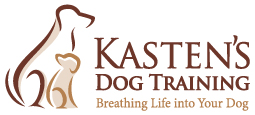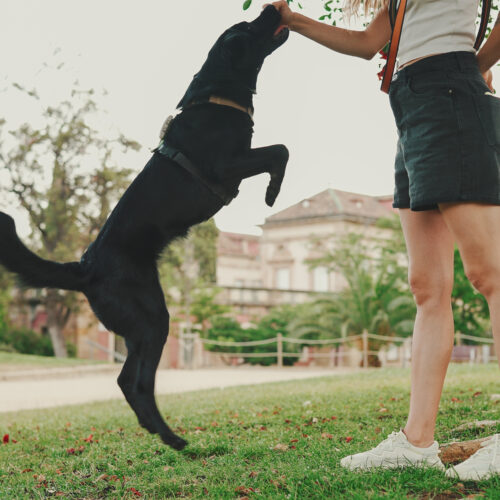Dogs communicate with us constantly, not through words, but through their body language. By understanding the subtle signals your dog is sending, you can improve your bond with them. Here’s everything you need to know about understanding canine body language!
Tail Wagging: It’s Not Always Happiness
Most people assume that a wagging tail means a happy dog, but that’s not always true. The position, speed, and movement of the tail reveal different emotions. A tail held high and wagging in quick motions often signifies excitement or alertness, while a slow wag at a lower angle can indicate uncertainty or nervousness. A tucked tail, on the other hand, is a clear sign of fear or submission.
Pay attention to how your dog holds its tail in different environments. This will help you identify when your dog is feeling comfortable and when it may need reassurance.
Ears: The Ultimate Mood Indicator
Dogs’ ears can tell you a lot about how they’re feeling. In canine body language, upright ears usually indicate alertness or curiosity, while ears pinned back against the head often suggest fear, anxiety, or submission. Relaxed ears that fall naturally indicate your dog is calm and at ease.
Some breeds have naturally floppy or erect ears, but observing slight movements can still provide clues. For instance, even floppy-eared dogs can pin their ears back when stressed or point them forward when interested.
Eyes: Windows to Your Dog’s Emotions
Your dog’s eyes are a significant indicator of their emotional state. Relaxed, soft eyes typically show that a dog feels calm and content, while wide-open, round eyes can signal surprise, fear, or alertness. Prolonged direct eye contact can be interpreted as a challenge or threat, especially between unfamiliar dogs.
Conversely, if your dog looks away or avoids eye contact, it may be trying to defuse a situation, signal submission, or avoid conflict. Recognizing these subtleties can help you prevent or mitigate any tension.
Body Posture: Confidence vs. Submission
A dog’s overall body posture is one of the clearest ways to read its mood. A dog standing tall with a straight spine and balanced weight distribution is likely feeling confident and secure. If a dog lowers its body, tucks its tail, or rolls onto its back, it is showing submission, vulnerability, or fear.
When a dog feels threatened, its posture may become stiff and rigid, with hackles raised (the hair along its back), signaling that it is uncomfortable and may act defensively. On the other hand, a loose, wiggly body with a wagging tail usually indicates excitement or happiness.
Vocalizations: Not Just Barking
Dogs communicate vocally through more than just barking. Your dog expresses themselves by growing, whining, howling, and even sighing. Growling isn’t always aggression; it can also be a sign of discomfort, playfulness, or a warning. Often, whining indicates a need for attention or distress, while howling can be a response to environmental sounds or an attempt to communicate.
Listening closely to the tone, pitch, and context of these vocalizations can help you interpret what your dog is trying to tell you.
How to Respond to Your Dog’s Signals
Understanding canine body language is only half the equation. Knowing how to respond to their signals is equally essential. If your dog shows signs of stress, anxiety, or fear, creating a safe space for them is vital. Reassure them with calm behavior, and avoid forcing them into situations that make them uncomfortable. On the other hand, if your dog is relaxed and playful, engaging with them through games or activities can strengthen your bond and keep them stimulated.
Reading your dog’s body language helps you become a more attentive and responsive owner. By observing their tail, ears, eyes, and overall posture, you can better understand what they’re communicating at any given moment. At Kasten’s Dog Training, we emphasize the importance of understanding canine behavior to create stronger, happier relationships between dogs and their owners. Being in tune with your dog’s signals allows you to anticipate their needs, ultimately making you and your dog more confident and comfortable in various environments.
Contact Us Today!
At Kasten’s Dog Training, we are committed to helping you and your dog build a strong, positive relationship through practical training. Visit our website or contact us today to learn more about our services so we can assist you in reaching your training goals!




